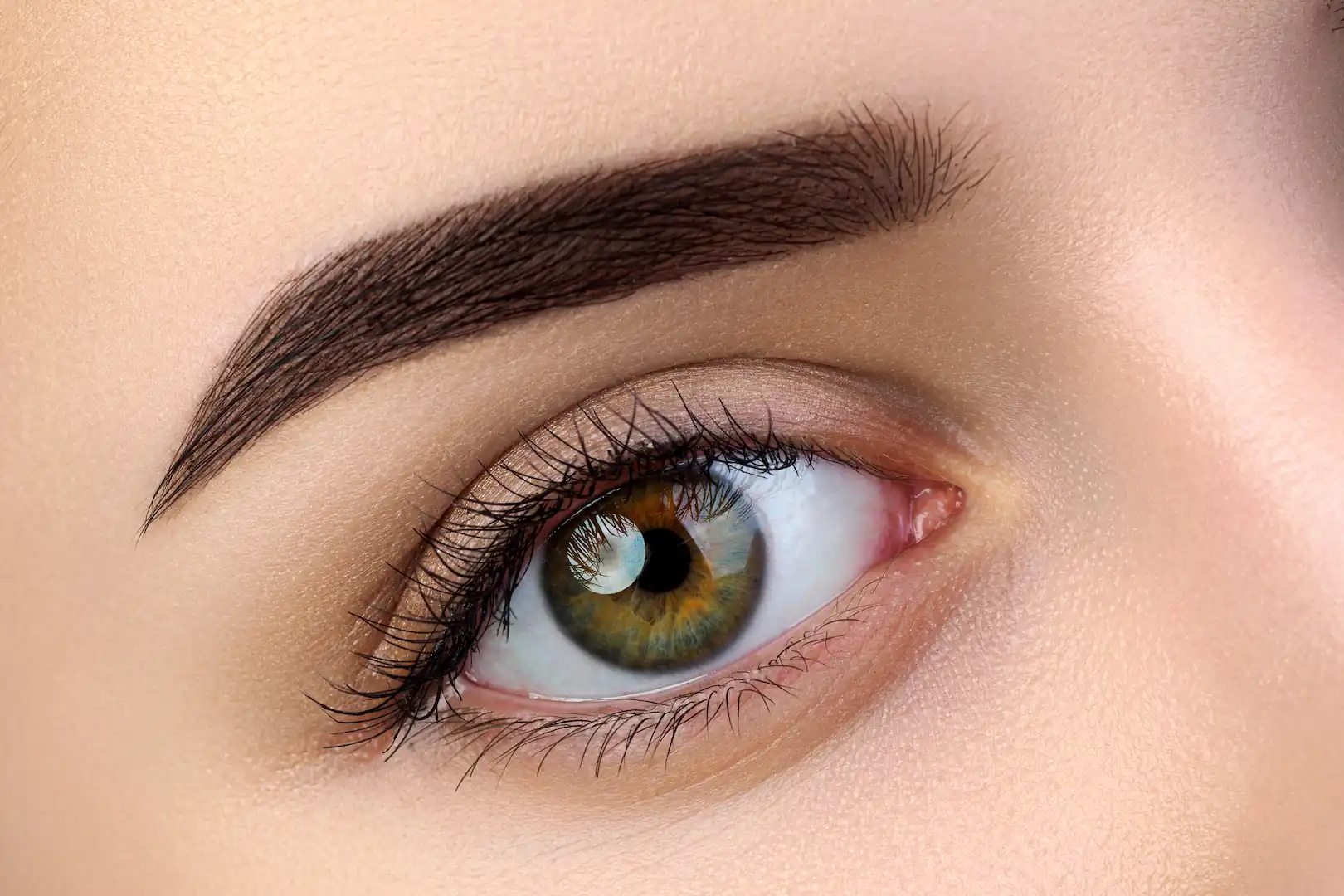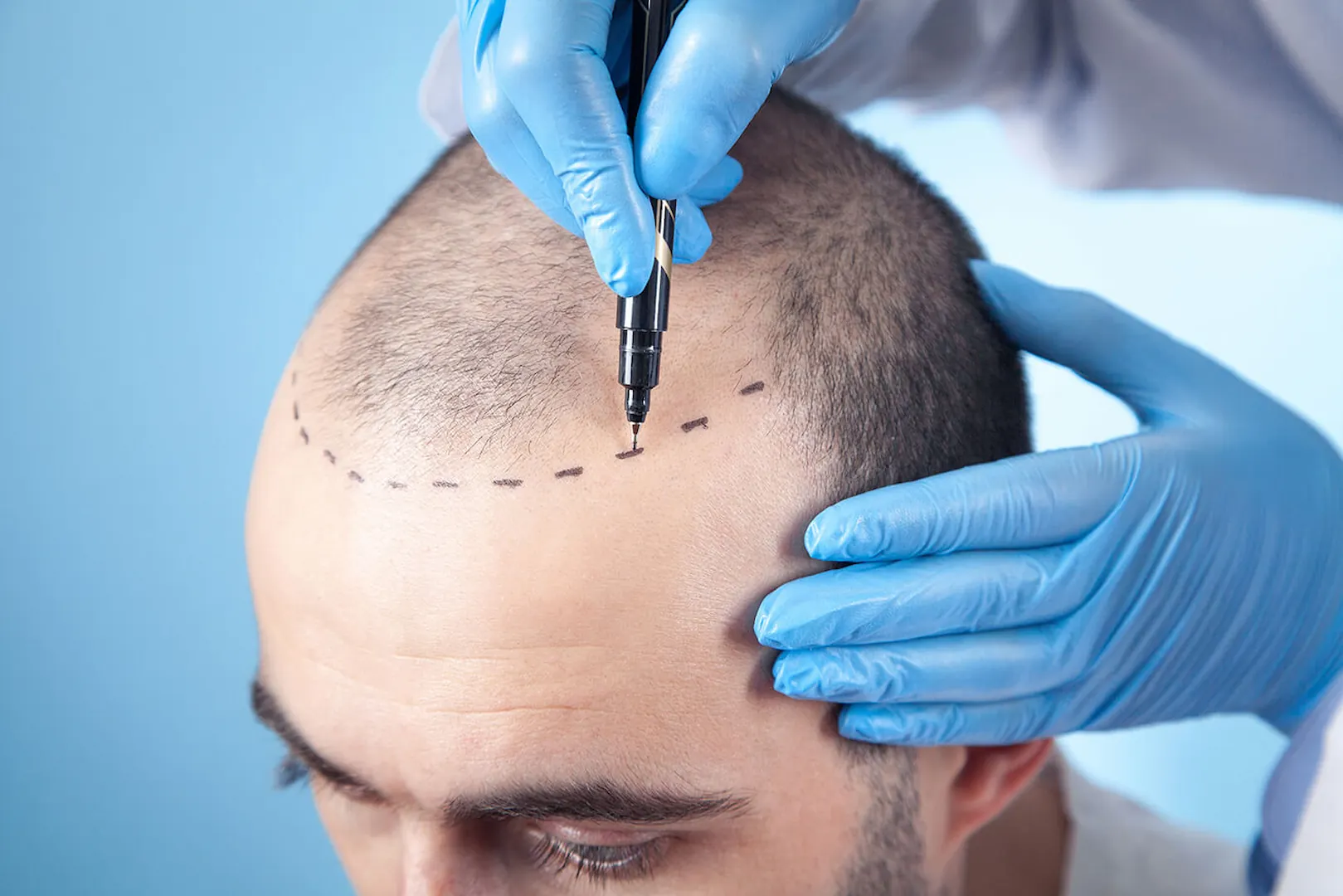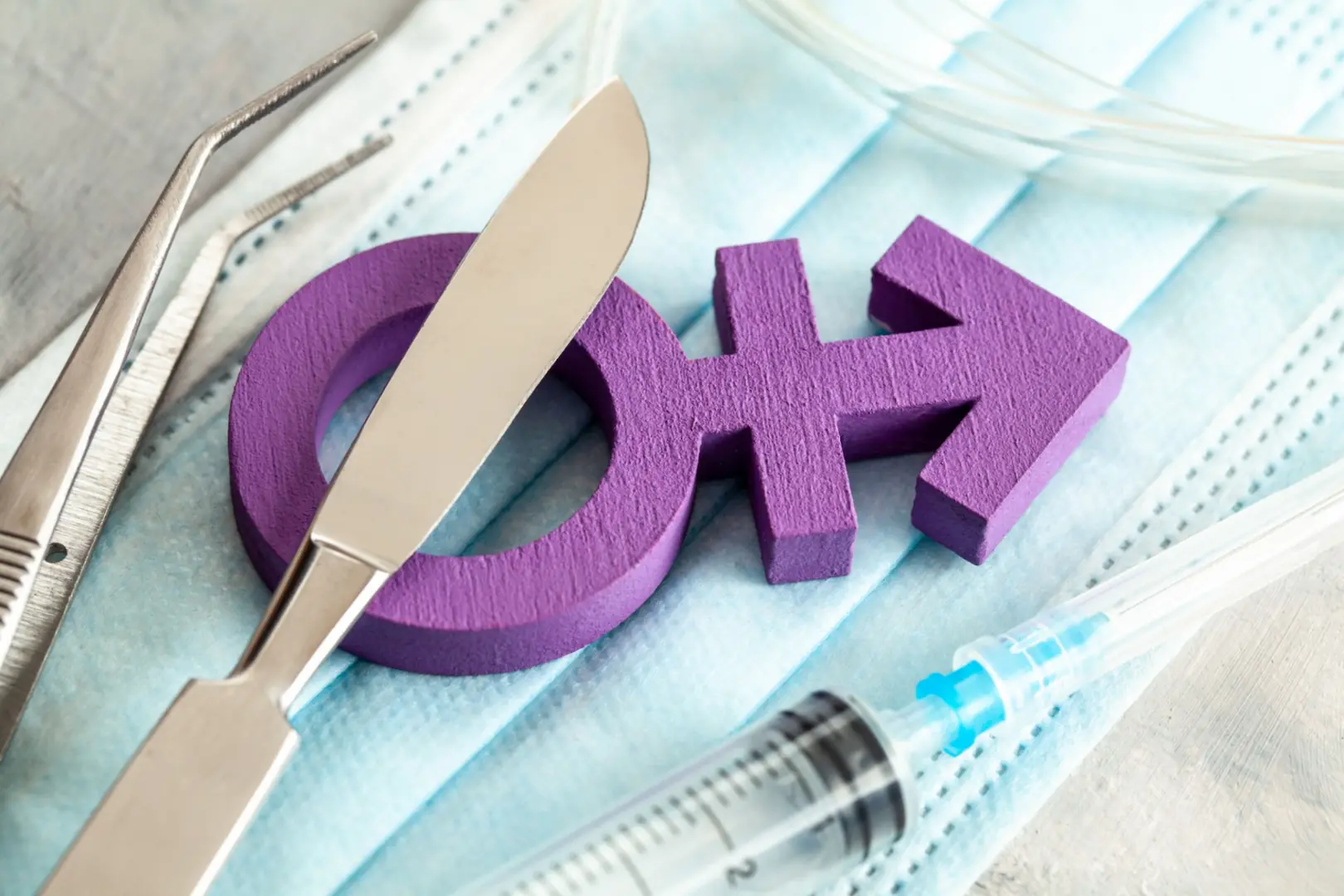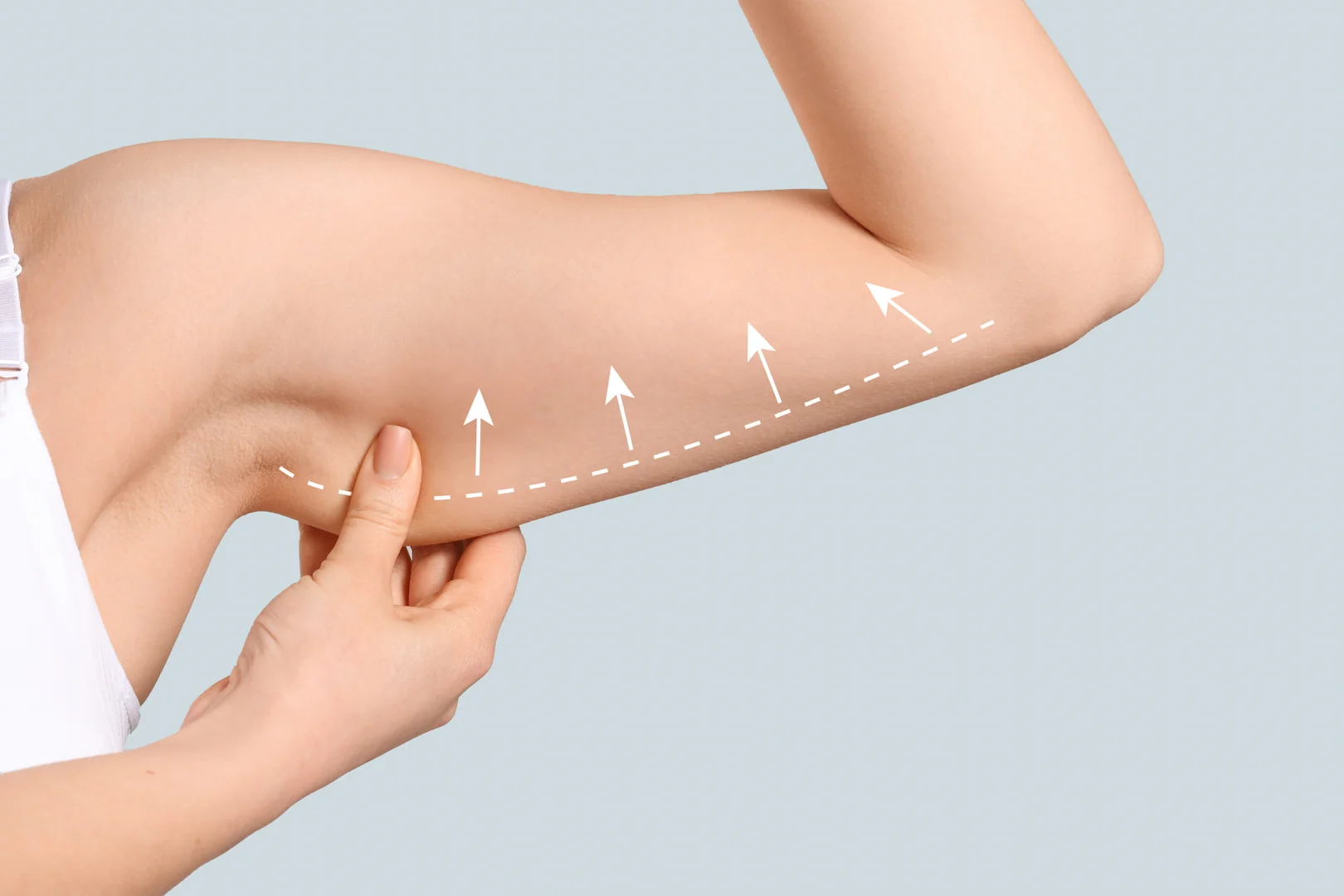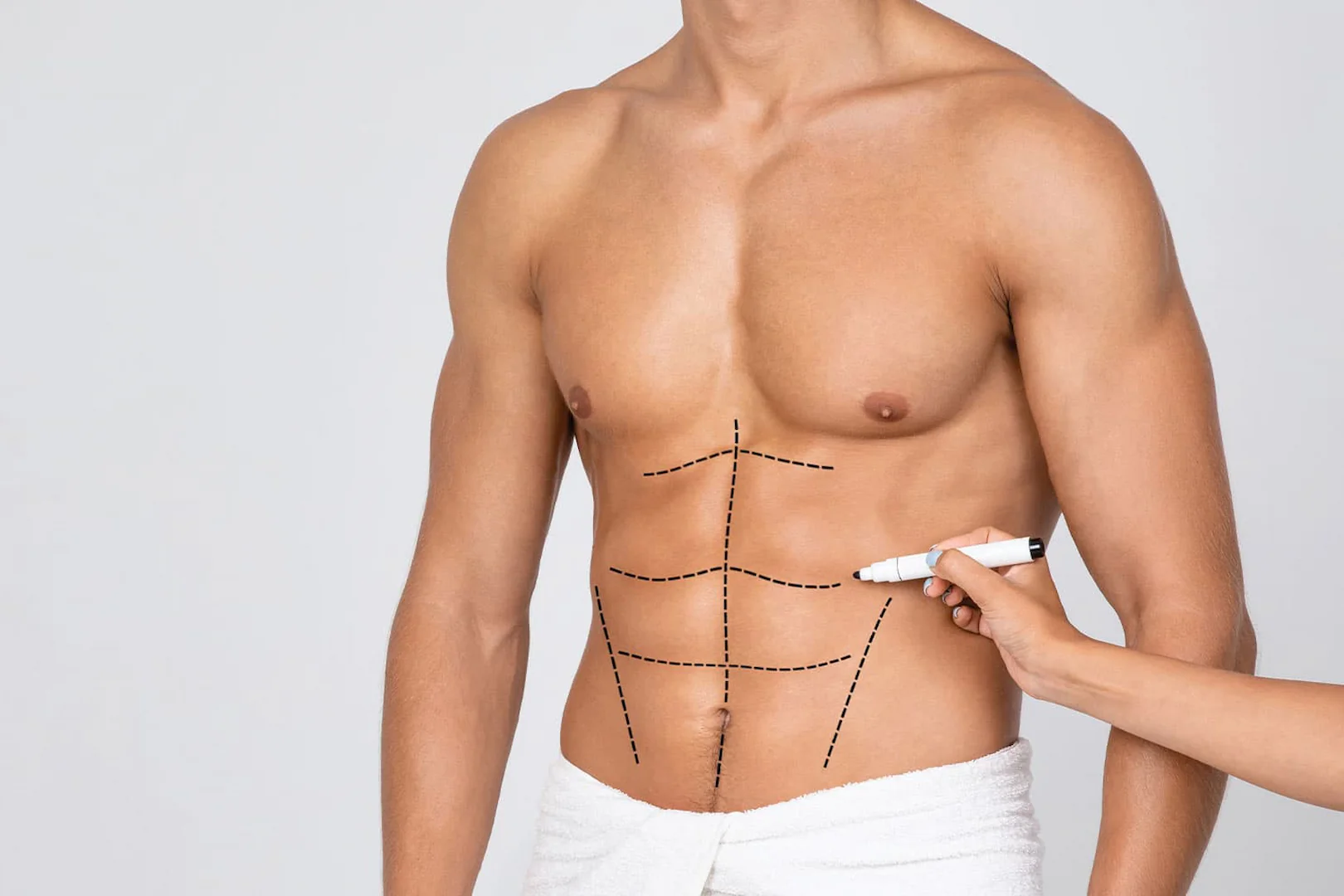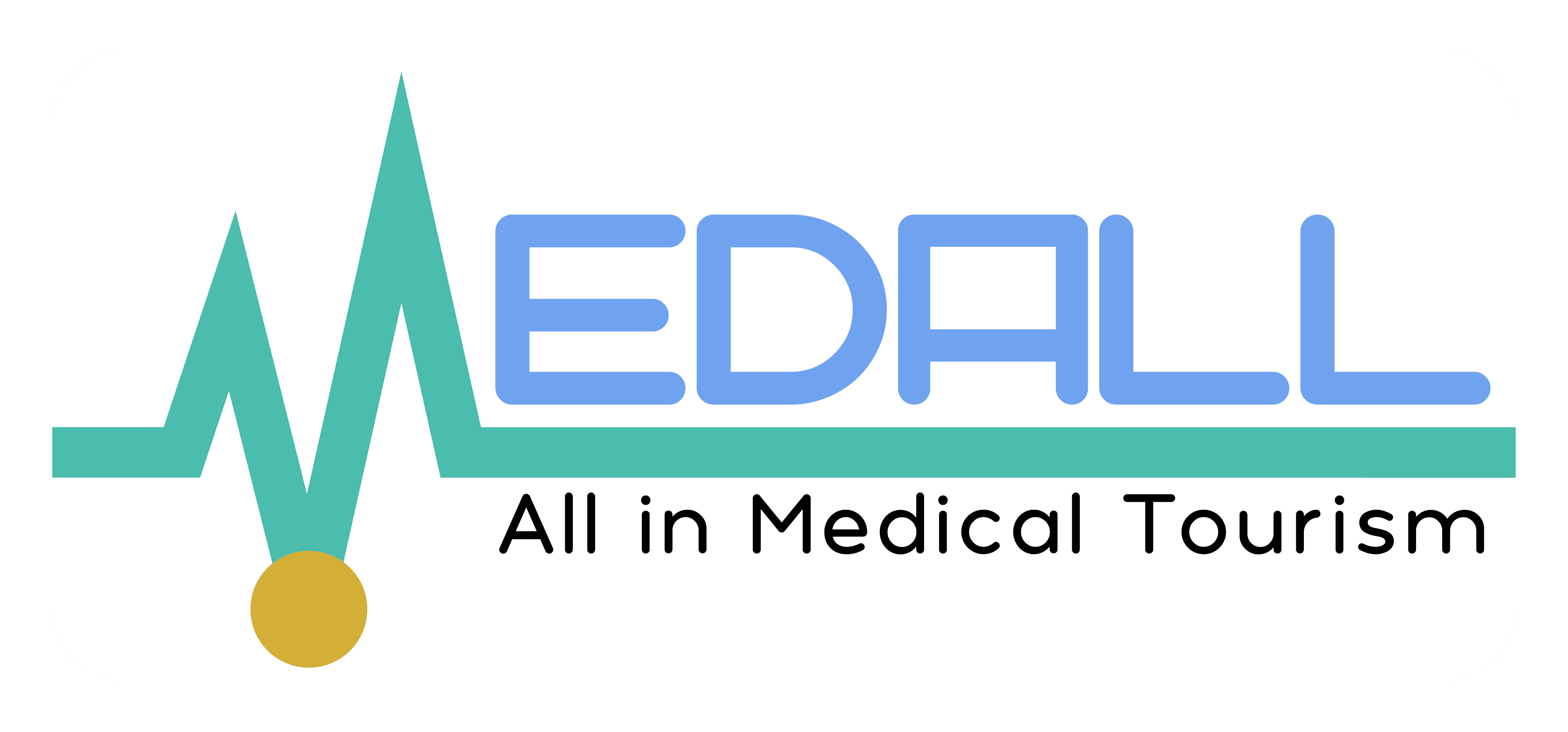Surgical Time
15-90 minutes
Anesthesia
Local
Recovery
2-7 days
Hospital Stay
Outpatient
Total Stay
3-10 days
Back to Work
1-2 days
Orthodontics & Foundational Dental Care in Iran:
Building a Lifetime of Healthy Smiles
A truly healthy smile is built on strong foundations: well-aligned teeth, a proper bite, and excellent underlying oral health. While cosmetic enhancements often steal the spotlight, it’s the foundational dental care and orthodontic treatments that ensure long-term stability, comfort, and functionality. Misaligned teeth can lead to chewing difficulties, speech issues, and increased risk of decay or gum disease, while problematic teeth often require extraction to preserve overall oral health. Iran has become a significant destination for both advanced orthodontics and essential foundational dental care, offering a blend of highly skilled specialists, modern clinics, and competitive costs. This comprehensive article delves into the world of orthodontics and foundational dental care in Iran, highlighting how these crucial treatments correct alignment, address problematic teeth, and lay the groundwork for a beautiful, healthy smile that lasts a lifetime.
Understanding Orthodontics & Foundational Dental Care
Foundational Dental Care refers to the essential treatments that ensure the fundamental health and integrity of your oral cavity. This includes addressing severe decay, infection, or structural issues that compromise tooth stability or overall oral health, often culminating in necessary tooth extractions. It’s the bedrock upon which all other dental work, including cosmetic or restorative procedures, is built.
Orthodontics is a specialized branch of dentistry focused on correcting misaligned teeth and jaws (malocclusions). Beyond aesthetics, orthodontic treatment improves chewing function, speech, and helps prevent future dental problems like abnormal wear, gum disease, and temperomandibular joint (TMJ) disorders. Together, foundational dental care and orthodontics provide a holistic approach to achieving lasting oral health and a harmonious smile.
Conditions Addressed by Orthodontics & Foundational Dental Care in Iran
Patients seek these essential dental services in Iran to address a wide range of functional and aesthetic concerns:
Misaligned Teeth and Bite Problems (Malocclusions)
- Overbite: Upper front teeth excessively overlap the lower front teeth.
- Underbite: Lower front teeth extend too far forward beyond the upper front teeth.
- Crossbite: Some upper teeth bite inside the lower teeth.
- Open Bite: A gap exists between the biting surfaces of the front or side teeth when the mouth is closed.
- Crowding: Insufficient space in the jaw for all teeth, causing them to overlap or rotate.
- Spacing: Gaps or spaces between teeth.
- Midline Shift: The center of the upper front teeth does not align with the center of the lower front teeth.
Problematic or Damaged Teeth Requiring Removal
- Severe Decay: Tooth decay so extensive that it cannot be restored with a filling, crown, or root canal.
- Advanced Periodontal Disease: Severe gum disease leading to tooth looseness and bone loss, making the tooth unsalvageable.
- Impacted Teeth: Teeth (most commonly wisdom teeth) that are unable to fully erupt through the gum line and jawbone, causing pain, infection, or damage to adjacent teeth.
- Overcrowding (for Orthodontics): Extraction of specific teeth may be necessary to create space for proper alignment during orthodontic treatment.
- Fractured Teeth: Teeth that are extensively fractured below the gum line and cannot be repaired.
Key Orthodontics & Foundational Dental Care Procedures in Iran (Detailed Overview)
Iranian dental specialists are highly proficient in both complex orthodontic treatments and essential tooth extractions, employing modern techniques to ensure patient comfort and optimal outcomes.
1. Orthodontics in Iran (Braces & Clear Aligners)
Orthodontic treatment involves the use of specialized appliances to gently move teeth into their correct positions over time, correcting bite discrepancies and aligning the smile.
Procedure Overview (Long-Term Process)
- Initial Consultation & Diagnosis: A thorough examination by an orthodontist, including X-rays (panoramic, cephalometric), photographs of teeth and face, and plaster or digital models of your teeth. This helps determine the type of malocclusion and the most suitable treatment plan.
- Treatment Planning: The orthodontist develops a personalized plan, outlining the expected duration, type of appliance, and anticipated results.
- Appliance Placement: Depending on the chosen method:
- Traditional Braces: Brackets (metal or ceramic) are bonded to the teeth, and an archwire is threaded through them. Regular adjustments (every 4-8 weeks) by the orthodontist apply gentle pressure to move the teeth.
- Clear Aligners (e.g., Invisalign): A series of custom-made, clear, removable aligners are fabricated. Each aligner is worn for 1-2 weeks before progressing to the next in the series. Patients wear them for 20-22 hours per day, removing them only for eating, brushing, and flossing.
- Lingual Braces: Similar to traditional braces, but the brackets are placed on the inside (tongue side) of the teeth, making them virtually invisible.
- Retention Phase: After the active treatment phase, retainers (fixed or removable) are crucial to hold the teeth in their new positions and prevent relapse. This phase is lifelong for stable results.
Indications for Orthodontics
Misaligned teeth, bite problems (overbite, underbite, crossbite, open bite), crowded teeth, gaps between teeth, speech difficulties related to tooth position, and improving facial aesthetics.
Benefits of Orthodontics
- Improved chewing function and digestion.
- Easier cleaning of teeth, reducing risk of decay and gum disease.
- Reduced abnormal wear of tooth surfaces.
- Enhanced speech.
- Improved smile aesthetics and self-confidence.
- Can prevent future temporomandibular joint (TMJ) problems.
2. Tooth Extraction in Iran (Simple & Surgical)
Tooth extraction is the removal of a tooth from its socket in the bone. While dentists prioritize saving natural teeth, extraction is sometimes necessary to prevent further oral health complications.
Procedure Overview (Typically Single Visit)
- Initial Assessment: X-rays are taken to assess the tooth’s position, root structure, and surrounding bone. The dentist will review your medical history to ensure suitability.
- Anesthesia: The area around the tooth is numbed with local anesthesia. Sedation options may be available for anxious patients or complex cases.
- Simple Extraction: Performed on visible teeth that are easily accessible. The dentist uses an instrument called an elevator to loosen the tooth and then forceps to gently remove it.
- Surgical Extraction: Required for teeth that are not easily accessible (e.g., impacted wisdom teeth, broken teeth below the gum line). This involves making a small incision in the gum tissue, and sometimes removing a small amount of bone or dividing the tooth into sections for easier removal.
- Post-Extraction Care: Once the tooth is removed, the dentist will place gauze to control bleeding and provide detailed instructions for post-operative care, including managing discomfort, swelling, diet, and oral hygiene.
Indications for Tooth Extraction
Severe tooth decay or infection that cannot be treated, advanced periodontal disease causing tooth looseness, impacted wisdom teeth causing pain or damage, creating space for orthodontic treatment, or fractured teeth that are beyond repair.
Benefits of Tooth Extraction (when necessary)
- Alleviates pain and eliminates infection.
- Prevents spread of decay or infection to other teeth.
- Creates necessary space for orthodontic alignment.
- Resolves issues caused by impacted wisdom teeth.
- Foundation for replacement (implants, bridges, dentures).
The Orthodontic & Foundational Dental Care Journey in Iran: Pre-Procedure Evaluation and Planning
A meticulous pre-procedure evaluation is paramount for both effective orthodontic treatment and safe tooth extractions, ensuring optimal outcomes and patient comfort:
Comprehensive Oral Health Assessment and Diagnostics
Your journey begins with an in-depth consultation and thorough oral examination. This includes reviewing your full medical and dental history. For orthodontics, comprehensive diagnostic records (X-rays, photographs, plaster/digital models) are collected to analyze tooth and jaw relationships. For extractions, detailed X-rays or 3D scans are used to assess the tooth’s anatomy and surrounding structures.
Precise Treatment Planning
For orthodontics, a specialist (orthodontist) will develop a highly individualized treatment plan, outlining the type of braces or aligners, expected duration, and detailed tooth movements. For extractions, the dentist or oral surgeon will plan the safest and most efficient removal technique, considering post-extraction options if applicable.
Discussion of Realistic Expectations and Long-Term Goals
The dental professional will clearly explain what to expect during the treatment process, including any discomfort, necessary dietary adjustments, and the commitment required for long-term success (especially for orthodontic retention). They will ensure your expectations align with what is realistically achievable.
Addressing Underlying Issues (Foundational First)
Before starting orthodontics or complex restorative work, any foundational issues like active infections, severe decay, or gum disease will be addressed first. This ensures a healthy environment for subsequent treatments.
Pre-operative Instructions
You will receive clear instructions on how to prepare for your procedure, such as guidelines regarding diet, medications, and oral hygiene. For surgical extractions, specific fasting instructions might be given.
The Orthodontic & Foundational Dental Care Procedure Experience in Iran (General Principles)
Undergoing orthodontics or tooth extraction in Iran means benefiting from modern dental practices and a dedicated team focused on your comfort and successful outcome:
State-of-the-Art Facilities and Sterilization
Iranian dental clinics are equipped with advanced diagnostic and treatment technologies, including modern X-ray machines, orthodontic planning software, and precise surgical instruments. Strict adherence to international hygiene and sterilization protocols is maintained to ensure a safe and infection-free environment.
Skilled and Compassionate Dental Specialists
You will be treated by highly qualified dental specialists—including orthodontists (for alignment treatments) and oral and maxillofacial surgeons (for complex extractions, especially wisdom teeth). They are supported by well-trained dental assistants and hygienists, providing a caring and professional environment throughout your treatment journey.
Anesthesia and Pain Management
For tooth extractions, local anesthesia is standard to ensure the area is completely numb. For anxious patients or longer surgical procedures, options for sedation (e.g., oral sedation, nitrous oxide) may be available. Orthodontic appointments typically involve minimal discomfort managed by over-the-counter pain relievers after adjustments.
Precision and Gentle Techniques
Whether it’s the precise placement and adjustment of orthodontic appliances or the careful and efficient technique for tooth extraction, Iranian dental professionals prioritize patient comfort and optimal clinical outcomes.
Outpatient Setting
All these dental procedures are performed in an outpatient dental clinic setting. Patients typically return home or to their accommodation immediately after their appointment.
Post-Operative Care and Recovery in Iran
Proper post-operative care is vital for successful healing, the effectiveness of your treatment, and maintaining long-term oral health:
Clear Aftercare Instructions and Support
You will receive detailed instructions on how to care for your mouth after an extraction (e.g., managing bleeding, diet, avoiding strenuous activity) or how to care for your braces/aligners (e.g., specific cleaning techniques, dietary restrictions). Post-operative support is readily available for any concerns.
Pain and Swelling Management
Mild discomfort, swelling, or sensitivity are common after surgical extractions or initial orthodontic appliance placement/adjustments. These can usually be managed effectively with prescribed or over-the-counter pain relievers and by applying cold compresses.
Oral Hygiene Protocol
Maintaining excellent oral hygiene is paramount. Specific brushing and flossing techniques will be demonstrated for patients with braces. After extractions, gentle rinsing and avoiding the extraction site for a period are crucial.
Dietary Adjustments
A soft diet is recommended immediately after extractions. For orthodontic patients, avoiding hard, sticky, or crunchy foods is necessary to prevent damage to braces or aligners throughout treatment.
Follow-Up Appointments and Long-Term Maintenance
Regular follow-up visits are essential. For orthodontics, these are frequent (every 4-8 weeks) to monitor progress and make adjustments. After extractions, a follow-up may be scheduled to check healing. For orthodontics, lifelong retainer wear is crucial to maintain alignment.
Why Choose Iran for Your Orthodontics & Foundational Dental Care?
Iran has become a compelling destination for individuals seeking high-quality orthodontic and foundational dental treatments, offering a unique blend of advantages for international patients:
Highly Skilled Dental Specialists
Iranian orthodontists and oral surgeons are highly trained, often with international qualifications and extensive experience in complex cases. They possess the expertise necessary for precise tooth movement and safe, efficient extractions, especially for impacted wisdom teeth.
State-of-the-Art Facilities and Technology
Modern dental clinics in Iran are equipped with advanced diagnostic tools (e.g., digital X-rays, 3D imaging for precise planning), a variety of orthodontic appliances (metal, ceramic, lingual braces, clear aligners), and modern surgical equipment, ensuring high-quality and comfortable care.
Remarkable Cost-Effectiveness
One of the most significant draws is the exceptional affordability of orthodontic treatment and tooth extractions in Iran. Patients can receive world-class care at a fraction of the cost compared to equivalent procedures in many Western countries, making essential dental care accessible.
Comprehensive Range of Services
Iranian dental clinics offer a full spectrum of orthodontic solutions for all ages, from early intervention to adult orthodontics, along with various tooth extraction services, including routine and complex wisdom tooth removals.
High Standards of Hygiene and Safety
Reputable dental facilities in Iran adhere strictly to international hygiene and sterilization protocols, prioritizing patient safety and minimizing the risk of complications during all procedures.
Personalized Patient Care and Communication
Iranian dental professionals are known for their warm hospitality and patient-centric approach. They provide thorough consultations, clear communication, and compassionate care throughout the entire treatment journey, ensuring a supportive and reassuring experience.
Choosing Your Dentist and Clinic for Orthodontics & Foundational Dental Care in Iran
Selecting the right dental specialist and clinic is paramount for achieving successful, long-lasting results and a positive experience with your orthodontic and foundational dental treatments. Consider these essential factors:
Dentist’s Specialization and Experience
For orthodontics, choose a certified orthodontist (not just a general dentist who offers braces). For extractions, especially wisdom teeth or complex cases, an oral and maxillofacial surgeon is ideal. Look for proven experience in cases similar to yours.
Patient Testimonials and Reviews
Thoroughly research the clinic’s reputation by reading patient testimonials and independent reviews. Look for consistent positive feedback regarding surgical outcomes, naturalness of results (for orthodontics), patient care, and post-operative support.
Thorough Consultation Process and Planning
An in-depth consultation is essential. The specialist should listen attentively to your goals, perform a comprehensive examination with necessary diagnostics, explain all suitable options, discuss realistic outcomes, and outline the treatment plan and its timeline.
Clinic Standards and Technology
Verify that the clinic maintains high standards of hygiene, sterilization, and patient safety. Ensure they are equipped with modern dental technologies relevant to orthodontic diagnostics and treatment, as well as safe extraction procedures.
Post-Treatment Support and Communication
Confirm that the clinic provides comprehensive post-operative care instructions and accessible channels for communication throughout the entire treatment and recovery process, which is especially vital for international patients and the multi-year nature of orthodontics.
Conclusion
Orthodontics and foundational dental care in Iran offer an exceptional pathway to achieving and maintaining a lifetime of optimal oral health and a confident smile. With highly skilled orthodontists and oral surgeons, state-of-the-art facilities, and a deep commitment to personalized patient care, Iran stands as a trusted destination for those seeking solutions for misaligned teeth, bite problems, and necessary tooth extractions. By carefully researching options and choosing reputable professionals, patients can confidently embark on a transformative journey towards improved oral function, enhanced aesthetics, and the enduring comfort of a truly healthy and aligned smile.

